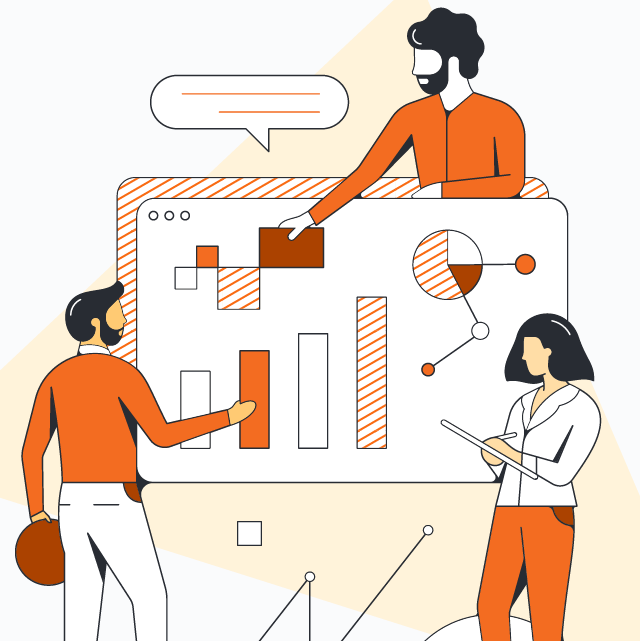Upon the course completion you will::
Students will learn to identify business needs, gather and document requirements, and develop high-level system design.
Students will model business processes using BPMN 2.0 and create As-Is and To-Be diagrams with tools such as Camunda.
The program will equip participants with user-centered thinking, design research, customer journey mapping, and prototyping skills.
Students will gain foundational knowledge of API and SQL and learn to work with tools such as Postman and Swagger.
Students will acquire skills in product strategy, prioritization, Lean Six Sigma approaches, facilitation, and delivering concise executive presentations.
Students will also master growth strategies, marketing, sales, and business development methods, enabling them to drive product growth effectively.

 Search
Search 